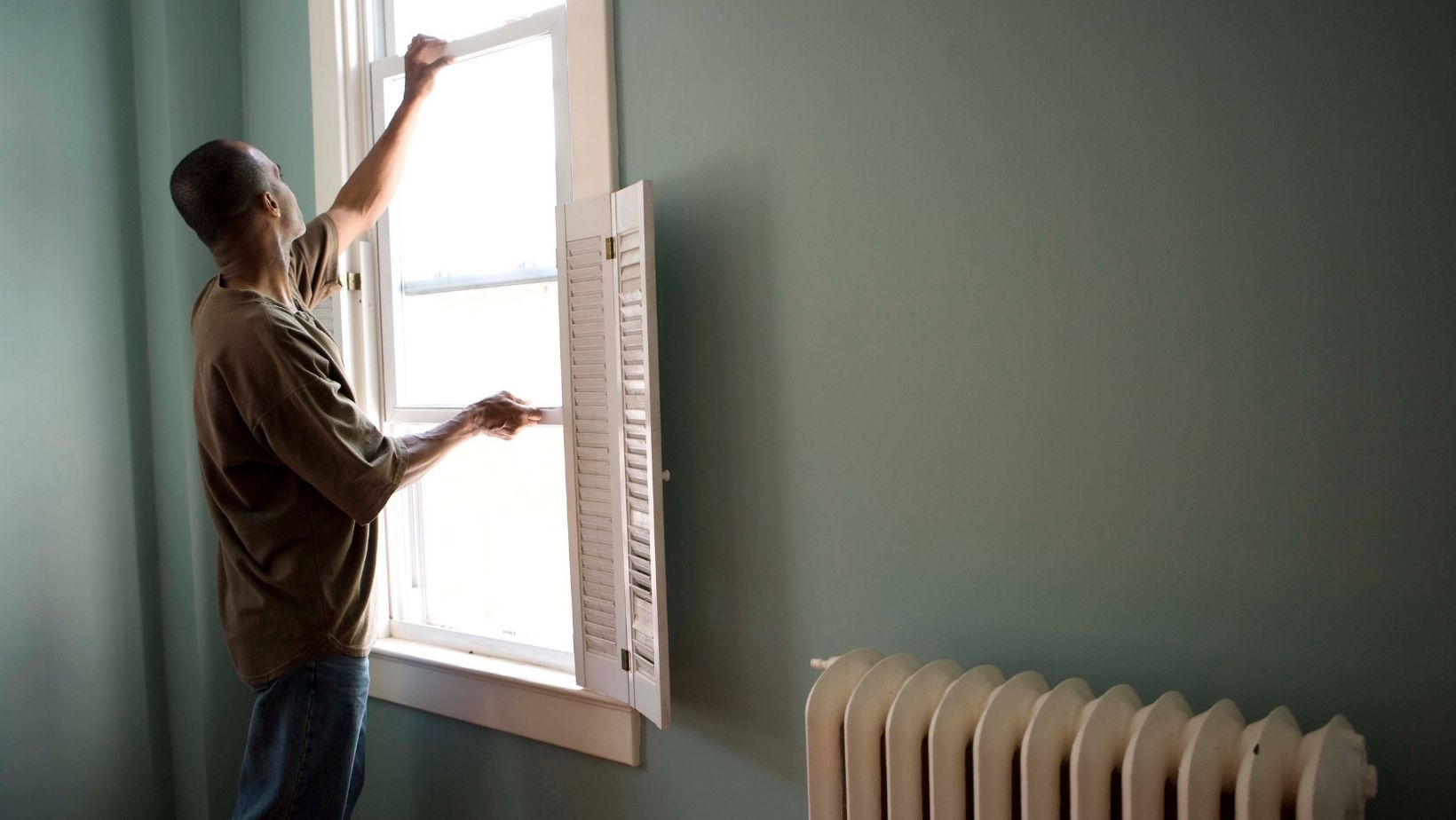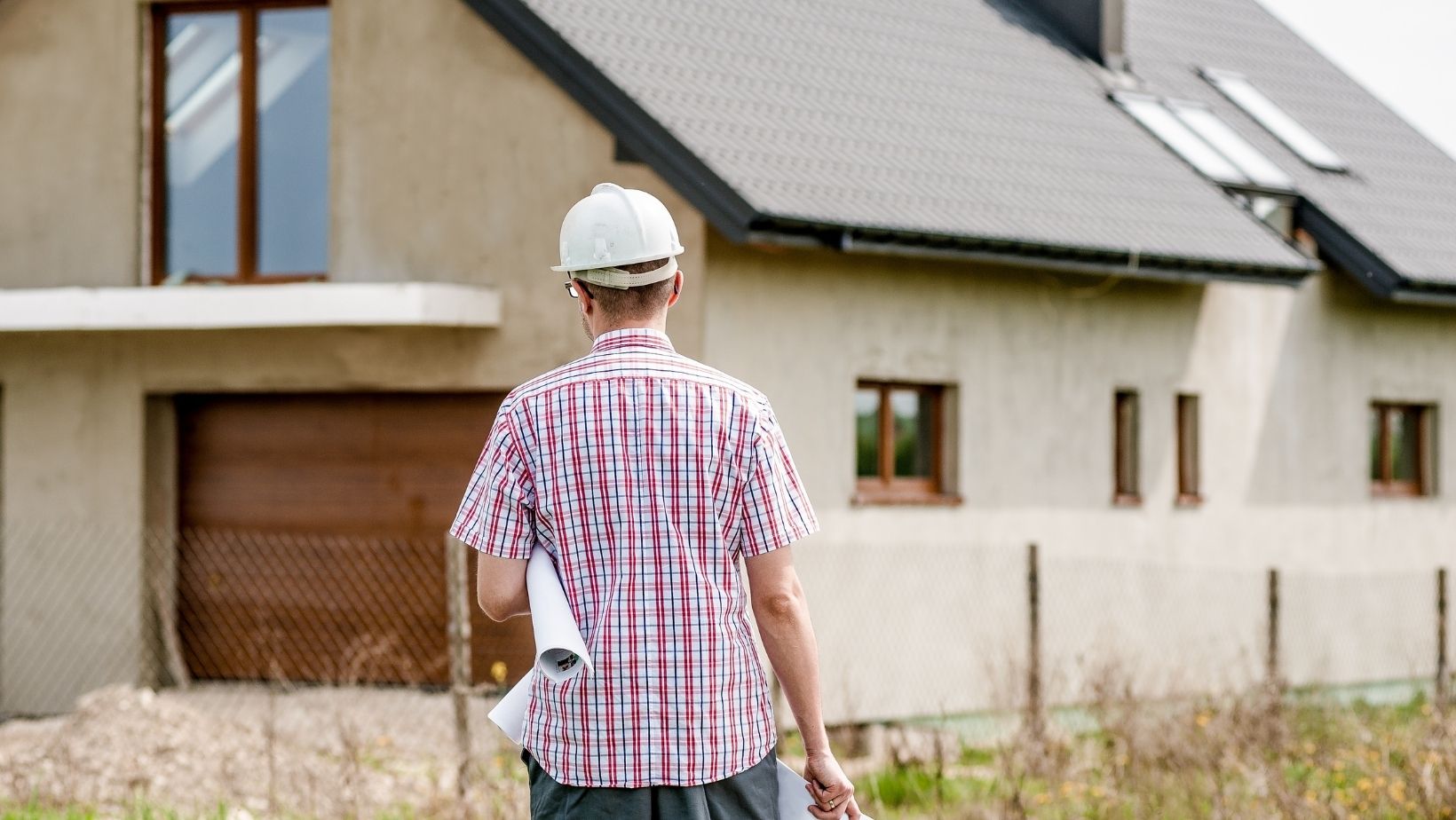Whether you’re looking to sell soon or planning for the future, remodeling with resale value in mind can significantly boost your property’s worth. Certain updates consistently offer higher returns on investment (ROI) than others, making them smart choices for homeowners who want to increase appeal and command a higher asking price.
In this guide, we’ll walk you through how to plan your home remodel for maximum resale value, covering everything from strategic room updates to budget tips and essential considerations.
Assess the Real Estate Market and Your Neighborhood
Before jumping into a remodel, it’s crucial to assess your local real estate market and understand what buyers are looking for. Some updates that work well in urban areas may not be as popular in suburban neighborhoods, and vice versa.
- Look at recent sales: Analyze recently sold properties in your area to see which features and upgrades are driving higher sales.
- Avoid over-improving: Aim to align your home’s features and finishes with the standard in your neighborhood to avoid over-improving for the area, which may not yield the best return.
Tip: Real estate agents can be valuable resources in understanding what buyers in your market are looking for and which updates could make your home more appealing.
Prioritize High-ROI Remodels
Certain home improvements are known to offer high returns. When considering remodels for resale, focus on these areas:
Kitchen Remodel
The kitchen is often the heart of the home and one of the best places to invest for resale value. A well-planned kitchen remodel can deliver a substantial ROI, but it’s important not to overspend.
- Update countertops: Quartz and granite are popular choices for durability and aesthetics.
- Upgrade appliances: Energy-efficient, stainless steel appliances are highly appealing to buyers.
- Refinish cabinets: Rather than replacing cabinets, consider refacing or refinishing them to modernize the space affordably.
Bathroom Remodel
Bathroom upgrades are consistently among the top remodels for ROI. Small updates like new fixtures or a fresh coat of paint can make a big difference, while larger renovations, like adding a second bathroom, can increase functionality and value.
- Install new fixtures: Swap out outdated faucets and lighting for modern, water-saving fixtures.
- Focus on flooring and tiling: Stylish, low-maintenance tiles appeal to many buyers and can give the bathroom a fresh, modern look.
- Consider a bathroom addition: Homes with more bathrooms are often more appealing to buyers, especially if you add a master suite or a half bath.
Curb Appeal Improvements
First impressions matter. Enhancing your home’s curb appeal is one of the most cost-effective ways to increase value.
- Landscaping: Well-maintained landscaping adds charm and appeal. Consider low-maintenance plants and add mulch or stone pathways for added interest.
- Exterior paint and siding: A fresh coat of paint or new siding can instantly make an older home look new again.
- Front door upgrade: Replacing or painting the front door in a bold, inviting color can increase curb appeal for minimal cost.
Energy-Efficient Upgrades
With more buyers prioritizing energy efficiency, making green upgrades can improve resale value and reduce energy costs.
- Upgrade insulation: Improving insulation in walls, attics, and basements is relatively affordable and offers a high ROI.
- Install energy-efficient windows: Energy-efficient windows not only improve aesthetics but also help reduce utility bills, appealing to budget-conscious buyers.
- Consider solar panels: If energy costs are high in your area, solar panels can increase resale value by reducing utility costs over time.
Create a Remodeling Budget and Stick to It
A well-planned budget is essential to maximize ROI on your remodel. Overspending on luxury upgrades can reduce your return, so it’s important to set a realistic budget that aligns with your home’s future selling price.
- Prioritize essentials: Focus on functional improvements and high-ROI areas before cosmetic upgrades.
- Work with professionals: Seek out contractors and designers who can help you create a realistic budget and timeline.
- Leave room for contingencies: Set aside about 10–15% of your budget for unexpected expenses.
Consider the Value of Adding Space
Adding square footage or functionality to your home can increase its value, especially if your home lacks certain features common in similar properties. However, it’s important to ensure that any additions are in line with neighborhood trends and needs.
Open-Concept Layout
Modern buyers often prefer open layouts, which offer flexible, multifunctional spaces. Consider removing non-load-bearing walls between the kitchen, dining, and living areas to create an open flow.
Additional Living Space
An extra bedroom or living space can be highly valuable, especially in areas where larger homes are in demand. Converting an attic, basement, or garage into a functional living area can be a cost-effective way to add square footage.
Home Office or Flex Space
With the rise of remote work, a dedicated office or flex space is increasingly attractive to buyers. Converting an unused bedroom or nook into an office is a budget-friendly way to increase appeal.
Choose Timeless, Neutral Designs
When remodeling for resale, focus on timeless and neutral design choices that will appeal to a wide range of buyers. Bold, unique colors and styles may appeal to personal tastes but can limit buyer interest.
- Neutral color palettes: Light, neutral colors like grays, whites, and beige are universally appealing and make spaces feel larger.
- Classic finishes: Opt for classic finishes like subway tiles, hardwood flooring, and simple cabinetry styles to create a versatile aesthetic.
- Avoid overly trendy designs: While trends can add character, it’s wise to avoid overly unique choices that may feel dated or polarizing down the line.
Improve Your Home’s Flow and Functionality
A home that feels functional and well-laid-out is highly attractive to buyers. Improving the flow of spaces or making subtle adjustments can enhance the appeal of your home.
- Increase storage: Built-in storage solutions, such as closets and cabinets, increase functionality and help reduce clutter.
- Focus on lighting: Good lighting makes a space feel bright, welcoming, and larger. Add recessed lighting in living areas and kitchen workspaces, and incorporate natural light wherever possible.
- Make small layout changes: If certain areas feel cramped, minor layout adjustments—like widening doorways or creating passthroughs—can make a big impact on flow and usability.
Time Your Remodel Wisely
Timing can be key to maximizing the return on your remodel. Starting your remodeling project when market conditions are favorable or before peak real estate seasons can improve your ROI.
- Renovate before peak selling season: Spring and summer are typically the busiest times for home sales, making early spring an ideal time to complete remodels.
- Monitor market trends: Work with real estate professionals to keep an eye on trends in your area, and consider remodeling when property values are rising.
Partner with Professionals to Maximize Value
Working with experienced contractors, designers, and real estate agents can ensure your remodeling efforts yield the best results. Professional input can help you make decisions based on market insight, prioritize high-ROI upgrades, and streamline the remodeling process to avoid costly mistakes.
Benefits of Working with a Pro
- Access to quality materials and finishes: Professionals can recommend durable, high-value materials that enhance appeal and resale value.
- Expert project management: A professional team will handle permits, timelines, and unexpected issues efficiently, reducing stress and ensuring quality.
- Strategic advice: Designers and contractors can offer valuable advice on what upgrades yield the best returns in your specific market.
Final Thoughts: Start Your Remodel with Resale Value in Mind
Remodeling your home with resale value as a top priority can be a smart financial decision, increasing both your enjoyment of the space and your return on investment. By focusing on high-ROI improvements, neutral designs, and a functional layout, you can ensure that your remodeling efforts pay off when it’s time to sell.


























